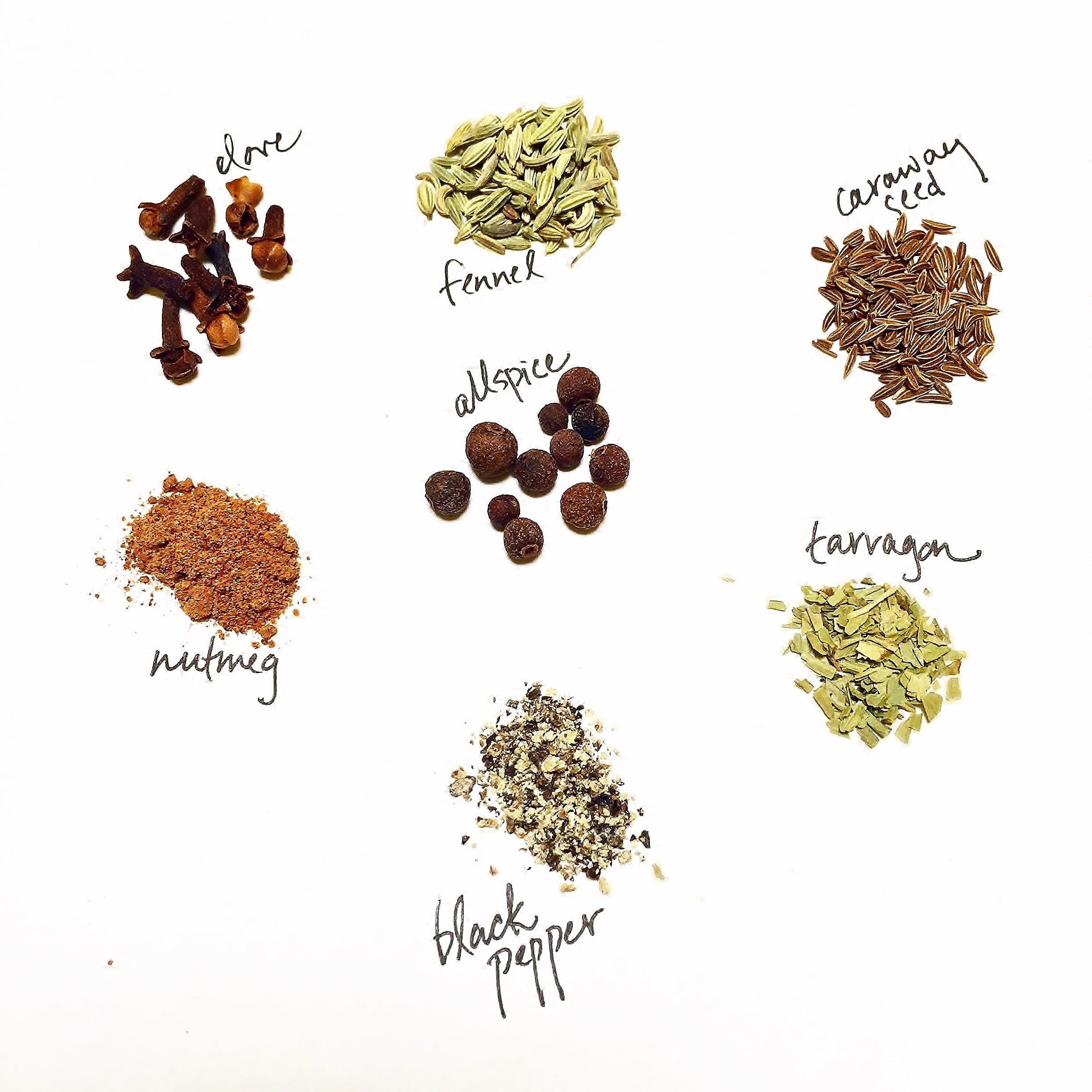Grapefruit rind. Gunflint. Cat’s pee on a gooseberry bush.
Sign me up?
These are the oft-used descriptors for one of the world’s most popular grapes: Sauvignon Blanc. Bold, ostentatious, and never one to hide in the shadows, this wine is the life of the party. But think about it for a second: what do you feel when you indulge in a glass of Sauvignon Blanc? Refreshed. Energized. Awake. The aromas are in-your-face, the flavors are bold and zesty. The etymology of ‘sauvignon’ comes from the French word ‘sauvage,’ meaning “wild.” (Sometimes the French aren’t so confusing after all!) But like all of the other grapes we’ve deconstructed so far, Sauvignon Blanc reflects the soil and climate it’s grown in, which makes complete sense when you taste a Sancerre next to a Marlborough. That being the case, this Deconstruction is going to be set up a little differently, so as to highlight why it tastes different in various locales. Suit up for France, California, and New Zealand!
Sauvignon Blanc finds its home in one of France’s white wine heartlands: the Loire Valley. Like Pinot Noir, Sauvignon Blanc is as old as the hills. But it didn’t really find its foothold in wine drinkers’ hearts until well into the 20th century. The wines of the world-renowned region of Sancerre were heralded from the 12th century onward (Legend has it that King Henry IV, upon sampling the local libations while his army camped in the nearby hills, proclaimed, “By God, this wine is the best I have ever tasted! If all in the kingdom were to drink it, there would be no more wars of religion!”), but they were red wines. Pinot Noir was king for centuries in Sancerre, until the dreaded Phylloxera wiped out every single vineyard in the late 19th century. This gave vintners a chance to experiment with other grapes, and Sauvignon Blanc came out the winner.
The absolutely-most-important thing about why Sauvignon Blanc tastes the way it does in Sancerre is because of… oysters. Seriously! Sancerre started out submerged under the ocean just a few (hundred million) years ago. You can still find oyster shells, beach cobbles, and maybe even some plesiosaur fossils littered throughout various parts of Sancerre. The two major soils to remember are Oxfordian limestone and Kimmeridgean clay. Throw those terms around (along with methoxypyrazines) at your next dinner party and watch your guests’ eyebrows dance. The oyster shells, the limestone, the clay, and the flint (the 3rd important soil type) all add to the smoky, stony aromas and flavors Sancerre has become so known for. Take a dip into our first wine:
Domaine Paul Cherrier Sancerre—Sancerre, Loire Valley, France
SIGHT: To be completely honest, these wines are all going to look ridiculously similar: clear and watery. We’ll see a little variation as we get on to the New World styles, but if you hold this wine up to a bright light, you could fool yourself into thinking that it’s vodka.
SMELL: This Frenchie has a surprisingly muted nose. Delicate scents of lemon peel and fresh lime peek out from behind the strong presence of chalky minerality. If you have some of your kids’ sidewalk chalk handy, rub some between your fingers and see if the aromas have any resemblance of what’s in your glass.
TASTE: If the nose was less than exciting, the flavors of this wine definitely make up for it! That mouth-puckering, gum-clenching sensation you might be feeling is the full force of the acidity present in this Sauvignon Blanc. The midpalate and finish soften out with nuances of fresh white flowers and acacia.
Domaine Cherrier’s estate lies mainly on rocky Kimmeridgean clay, which produces wines with a little more body and texture and a pronounced floral note. Limestone typically produces wines with a fresher, fruitier character. Like most Sancerre producers, Cherrier blends Sauvignon Blanc from different vineyards together, in order to create a well-balanced, layered Sancerre that has characteristics from all soil types.
While the wines of Sancerre have always been well-respected in France, there wasn’t much to be shared beyond French borders. It was grown in small plots in various winemaking countries, but no one else had latched onto it. But there was one enterprising individual in California who thought it was a shame to let such a firecracker grape like Sauvignon Blanc lay by the wayside. His name? Robert Mondavi. You may have heard of him.
Robert Mondavi knew how easy it was to grow Sauvignon Blanc. It grew almost too well in a warm, temperate climate like Napa, and needed a little extra attention so it didn’t become Jack’s California Beanstalk. But it gave great yields and bold flavors, and Mondavi knew that the wine drinking public would go nuts over this wine—they just didn’t know it yet. In fact, they’d convinced themselves that they “hated Sauvignon Blanc!” It was too green, too vegetal, and tasted too much like green bell peppers and watery asparagus. But with proper vineyard management and a touch of oak barrel aging, Mondavi crafted a style of Sauvignon Blanc that stole the hearts of everyone who drank it. He only had to get people past the notion that it was a grape they said they hated, so he simply renamed it: Fume Blanc, a completely made-up term that sounded just sophisticated enough to trick people into drinking his glorious new creation!

Honig Sauvignon Blanc—Napa Valley, California, USA
SIGHT: If you hold this wine side by side with the Sancerre, you’ll see a tiny glimmer of lime green around the edges. Otherwise, this Napa Sauvignon Blanc is clean, clear, and sunshiny-bright. Sauvignon Blanc is nearly always meant to be drunk young and fresh. It can occasionally see some extended oak aging, but this is fairly rare. Even with some extra barrel aging, it rarely lasts beyond 5-6 years—it just doesn’t have the stuffing to last much beyond that. So if you come across a Sauvignon Blanc that looks yellowed or even brown around the rim, send it back!
SMELL: The aromas here should be a little more familiar if you’re an avid Sauvignon Blanc fan. It has a bolder nose than the Sancerre, with more tropical fruit than citrus. Chop open a honeydew melon if you have one handy (and then eat it later with some prosciutto and balsamic). Any similarities? There’s also a faint aroma of gooseberry and kiwi. That “gooseberry” aroma (such an esoteric term! Who eats gooseberries anymore? They’re delicious, BTW) is sharp, pungent, and is the euphemistic name for the unfortunate “cat pee” descriptor.
TASTE: Flavors of juicy, ripe tropical fruits explode on the palate. The astringency of the Sancerre is nowhere to be found here—instead, we get lemon/lime flavors and ripe kiwi. The texture is different, too: perhaps this wine is a little rounder than, and not quite as thin as the Sancerre. (Think skim milk vs. 1%.)
True to Mondavi’s original form, Honig’s Sauvignon Blanc sees 8 months aging in neutral oak. This method rounds out the acidity and calms those harsh edges down. Napa’s temperate climate and warm-to-hot August harvest temperatures give the grapes a plump, ripe quality that seems a far cry from what we tasted in the first wine.
About the same time that Mondavi was having grand thoughts about Sauvignon Blanc in California, a few forward-thinking Kiwis began conniving in a similar fashion. Sauvignon Blanc was not the natural choice, though: vintners first experimented with Riesling and Muller-Thurgau before they happened upon Sauvignon Blanc. The first Sauvignon Blanc vines were planted in Marlborough on New Zealand’s South Island in 1973, and before those poor Kiwis knew it, the nearly-tee totaling country became a world player in wine production and the sheep population cried out in protest.
New Zealand has a lot going for it in terms of growing wine grapes: it gets a lot of sunshine but not much heat, keeping the sugar and potential alcohol levels in check but allowing the grapes to become fully phenolically ripe. The phenols in a grape are what give those potent aromas and deep flavors, and the more time a grape has to develop them, the bolder the wine is.

Whitehaven Sauvignon Blanc—Marlborough, New Zealand
SIGHT: This wine definitely has a green hue to it! Lively and vibrant, it seems to shimmer with what’s going to come on the nose and palate.
SMELL: I’ll bet you smelled the wine before you even looked at it, right? You can’t help but get a huge whiff of those gnarly methoxypyrazines (scientifically speaking, a class of chemical compounds that produce odors of green, herbaceous notes). Bring your cat’s litter box over. That’s right, set it right down next to your fancy Riedel glasses. Better yet, bring your cat over too and see if he’ll provide a fresh sample.
TASTE: Don’t worry—you don’t need to taste the cat pee. There’s a ton of fruit on the palate here instead: grapefruit juice, candied lime and sharp citrus oils burst on your tongue with just a tiny hint of fruity sweetness hanging out on the finish.
Sauvignon Blanc grows too well in New Zealand. Winemakers went through some long, hard years of wines that were diluted, leafy and thin because the vines never had to work hard at producing fruit. But with careful canopy management, vine training and selective thinning, winemakers learned how to make the vines concentrate their energy to the grapes, instead of to the leaves which end up shading the fruit too much. And from sheep to Sauvignon, the rest is history for New Zealand!
Whether you enjoy Sauvignon Blanc or not, it’s a great grape to practice on for wine identification and blind tasting. Not every party girl is going to be liked by everyone, but she sure gets noticed in a hurry! Sauvignon Blanc will never disappoint in terms of audacious flavors and assertive aromas, and the world seems to agree that this is one grape that will always be welcome at any affair.
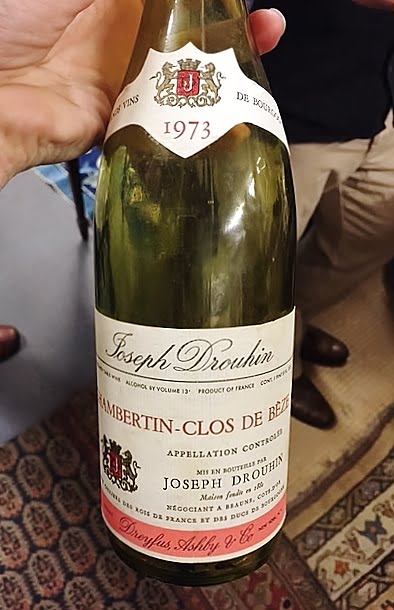

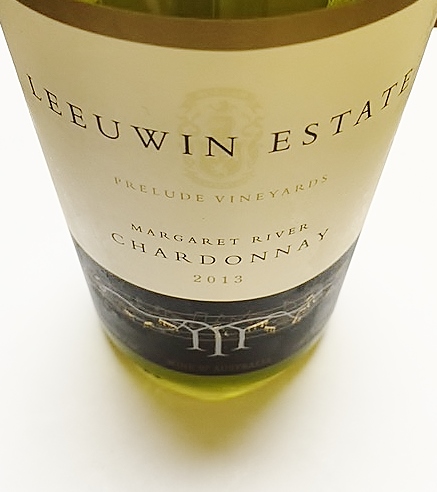

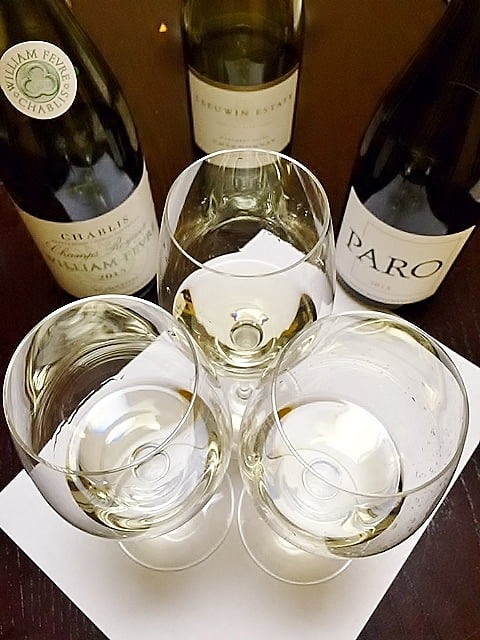


 Wine #1:
Wine #1: 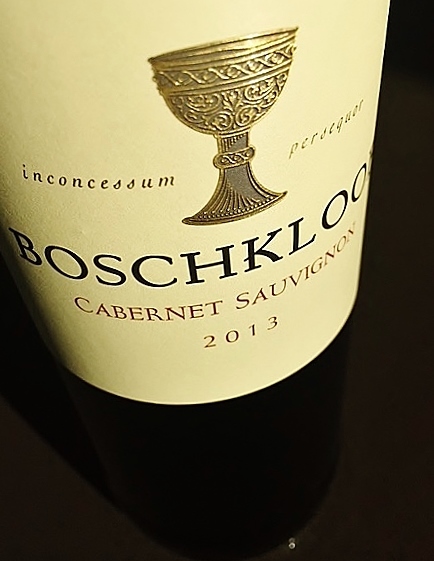 Wine #2:
Wine #2:  Wine #3:
Wine #3: 